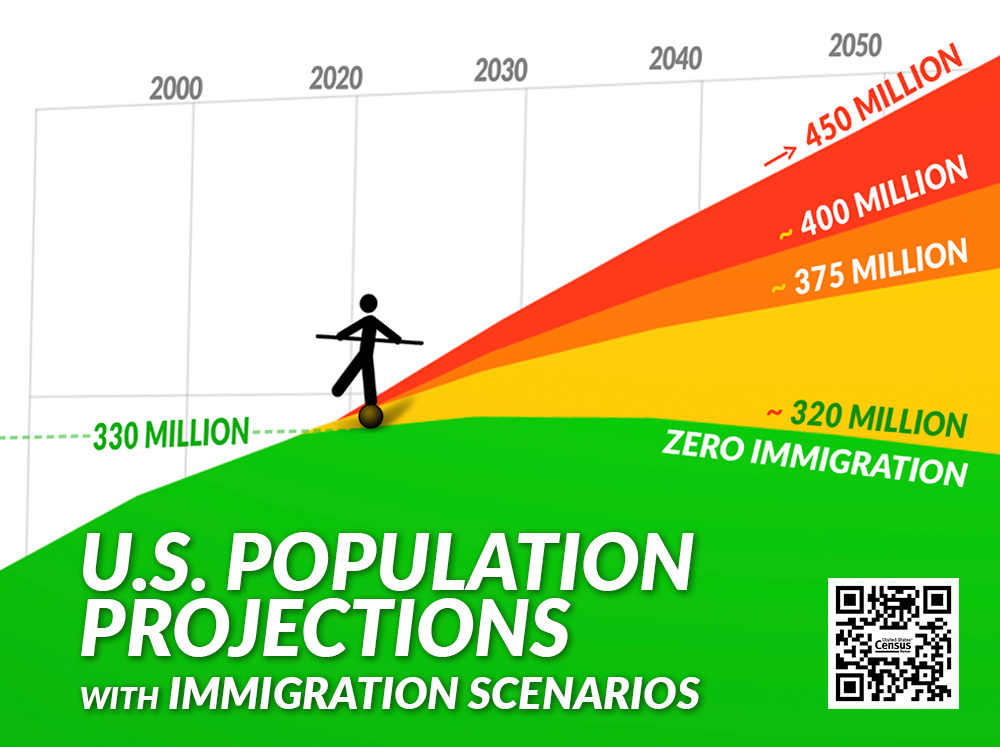

Search for:
Conservation Challenges
We can maintain a welcoming immigration system without compromising the very environment that supports us, but we face several challenges to achieving such a policy.
Learn about our Sustainability InitiativeConservation Challenge: Create a robust immigration policy that’s compatible with conservation.
Over 44 million acres of American open space, natural habitat, and farmland — an area larger than Florida — was “paved over” during the most recent 35-year period for which data is available. Plans to conserve 30 percent of America’s nature by 2030 cannot be realized under current conditions.
Conservation Challenge: Create a healthy immigration policy while preserving America’s food independence.
The average destruction of 77,000 acres of farmland and habitat per year is unsustainable for a country that wants to continue to feed itself.
Conservation Challenge: Create a diverse immigration system that supports biodiversity.
There are 3 billion fewer birds in North America than there were in 1970 (a 30% decline); birds are on track to decline by another 50% by 2070. Population growth is the main driver of habitat loss in the U.S. and biodiversity is in rapid decline.
Conservation Challenge: Set immigration at a level that can handle a declining water supply.
American groundwater is being depleted faster than it can be replenished. The Colorado River’s flow decreased by an estimated 20 percent over the past century. The seven states that signed the Colorado River Compact in 1922 had a combined population of 2.8 million in 1900. Their combined populations today exceed 62 million.
Conservation Challenge: Set immigration at a level America (and the world) can sustain.
Population growth in the United States has a bigger impact than population growth in most other parts of the world. According to Gallup, 160 million adults around the world would migrate to the U.S. if they had the opportunity. At average American consumption rates, that would equal an additional ecological footprint of 2,400,000,000 football fields.
1. Since the flood of environmental laws passed during the Nixon Administration, the primary thrust of government efforts has been to reduce the per capita impact on the environment by each American through a great increase in restrictions, regulations, and new technologies.
2. But a lot of the environmental benefits from those restrictions, regulations and technologies have been negated by federal immigration laws that during the same period have been largely responsible for the number of Americans growing from 203 million Americans on the first Earth Day in 1970 to 335 million by 2023.
I=PAT is a useful formula: Environmental Impact = Population (P) multiplied by Affluence/Consumption (A) and Technology (T).
3. The Census Bureau projects the U.S. population to grow by 79 million people between 2017-2060, with roughly 90 percent of that growth resulting from Congress’ immigration policies.


Jump to






















